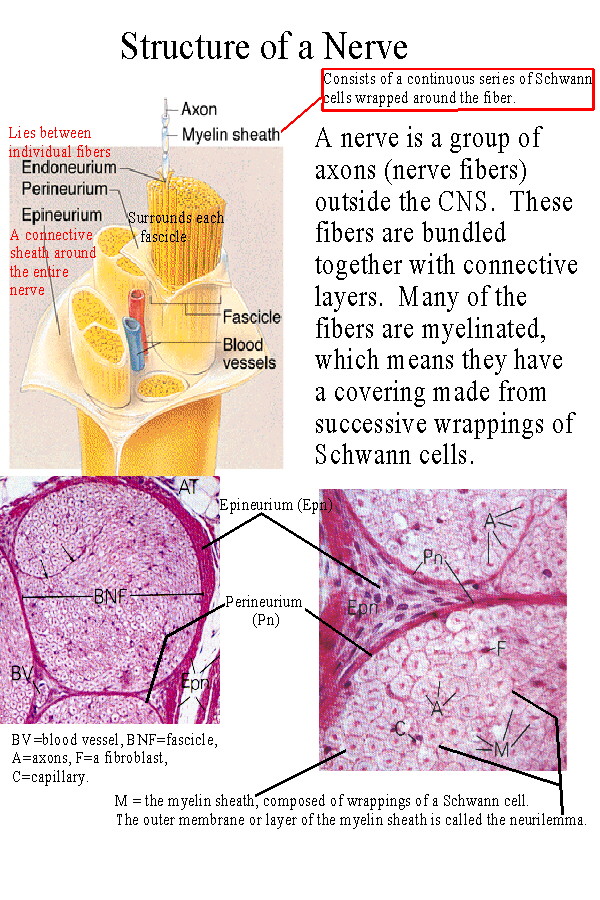

Injured nerve cells in the central nervous system typically do not regenerate. These injuries are often called traumatic brain injuries or traumatic spine injuries. They can be caused by an auto accident, sports injury, fall, stroke, ruptured brain aneurysm, lack of oxygen, gunshots or an explosive blast. Injuries to the spinal cord or brain can happen in an instant.

The head is connected to the spinal cord or brain, and the tail connects to a muscle or organ. Each neuron has a head called the cell body and a long tail called an axon. To put it simply, neurons are like electrical wires that are lined on the outside by special cells that provide insulation. These nerves fire muscles sense temperature and control your heart, lungs and other involuntary functions essential to life. The peripheral nervous system, on the other hand, connects the central nervous system with your internal organs, muscles and sensory tissues. The brain and spinal cord make up the central nervous system, which is usually what first comes to mind for many people. Nervous system injuries can be painful, and cause weakness, tingling, numbness and even changes in blood circulation.Īll the neurons in your body start and end in your brain or spinal cord. This affects the brain's ability to communicate with your muscles and sensory organs. It can be damaged, and it heals with great difficulty, if at all. The nervous system receives and relays sensory information like vision, sound, smell, taste, touch and pain. Their connections, called synapses, reach all areas of the body. The nervous system is a complex and wide-reaching network of nerve cells called neurons.


 0 kommentar(er)
0 kommentar(er)
